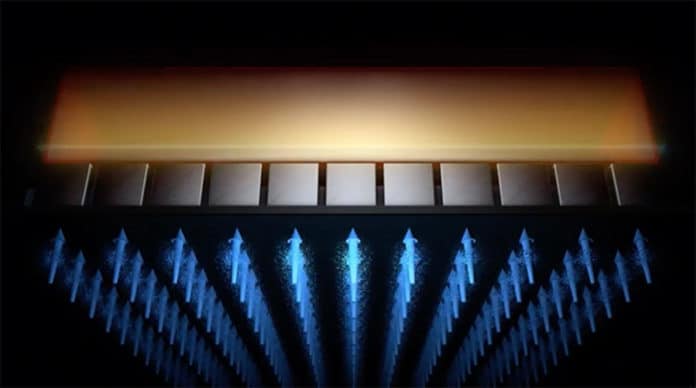Quantum engineers from UNSW Sydney have removed a decades-old major hurdle: how to reliably control millions of qubits in a silicon quantum computer chip? They come up with a new method that can efficiently control millions of spin qubits.
Spin-based silicon quantum electronic circuits offer a scalable platform for quantum computation. They combine the manufacturability of semiconductor devices with the long coherence times afforded by spins in silicon. Advancing from current few-qubit devices to silicon quantum processors with upward of a million qubits, as required for fault-tolerant operation, presents several unique challenges. One of the most demanding is the ability to deliver microwave signals for large-scale qubit control.
Dr. Jarryd Pla, a faculty member in UNSW’s School of Electrical Engineering and Telecommunications, said, “Up until this point, controlling electron spin qubits relied on us delivering microwave magnetic fields by putting a current through a wire right beside the qubit.”
“This poses some real challenges if we want to scale up to the millions of qubits that a quantum computer will need to solve globally significant problems, such as the design of new vaccines.”
“First off, the magnetic fields drop off quickly with distance, so we can only control those qubits closest to the wire. That means we would need to add more and more wires as we brought in more and more qubits, which would take up a lot of real estate on the chip.”
“And since the chip must operate at cold temperatures, below -270°C, introducing more wires would generate way too much heat in the chip, interfering with the reliability of the qubits. So we come back to only being able to control a few qubits with this wiring technique.”
Completely reimagine the silicon chip structure is the solution to the problem. Scientists started by removing the wire next to the qubits. They then applied a novel way to deliver microwave-frequency magnetic control fields across the entire system. This approach could provide control fields to up to four million qubits.
Scientists added their newly developed component called a crystal prism called a dielectric resonator. When microwaves are directed into the resonator, it focuses the wavelength of the microwaves down to a much smaller size.
Dr. Pla said, “The dielectric resonator shrinks the wavelength down below one millimeter, so we now have a very efficient conversion of microwave power into the magnetic field that controls the spins of all the qubits.”
“There are two key innovations here. The first is that we don’t have to put in a lot of power to get a strong driving field for the qubits, which crucially means we don’t generate much heat. The second is that the field is very uniform across the chip so that millions of qubits all experience the same level of control.”
UNSW, Scientia Professor Andrew Dzurak said, “We were overjoyed when the experiment proved successful. This problem of how to control millions of qubits had been worrying me for a long time since it was a major roadblock to building a full-scale quantum computer.”
Scientists are planning to use this technology to simplify the design of near-term silicon quantum processors.
Journal Reference:
- Ensar Vahapoglu et al. Single-electron spin resonance in a nanoelectronic device using a global field. DOI: 10.1126/sciadv.abg9158
